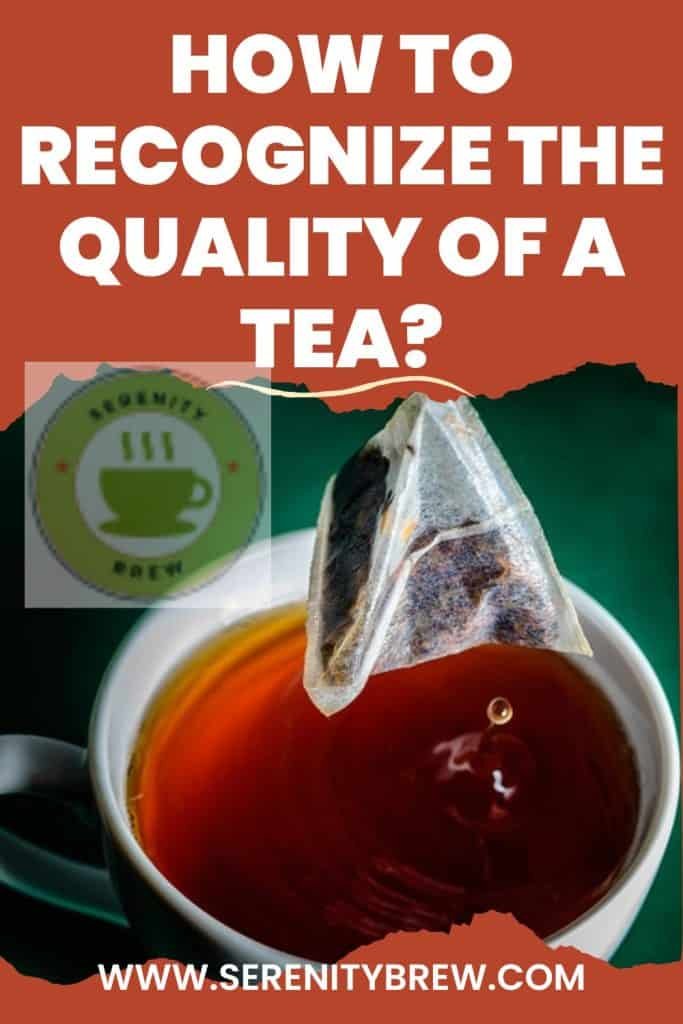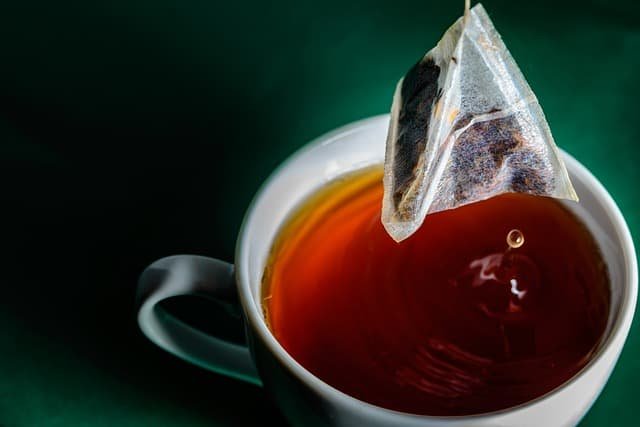
There are so many different brands of tea to choose from that we obviously believe they are all quality. But is this so? Of course not. It is important to have a general idea of how to recognize good quality tea.
Generally, there are four factors that determine the quality of a tea: appearance, color, fragrance and taste. Of course, all these aspects are related, since a tea with a good fragrance must also taste good. Good quality means good appearance, colour, fragrance, taste and overall feel. A high-quality tea consists of high-quality leaves, picked at the time when the leaves are full of energy during spring. The best thing would be for the harvesting and production environment to be as natural as possible; without machines, without contamination, all for the care of the product.
1. Appearance:
You have to look at the appearance of the dried tea leaves:
Spread a handful of tea leaves on a table to check their shape, size and tenderness (softness). There are different standards for all shapes and sizes, as well as for different types of tea . All high-quality teas should be roughly the same shape and size.
In general, the longer, thinner, and denser, the better. Tenderness is also a very important factor. The more tender, the better. Excellent tenderness means that the tea leaf is tight and the color is well-balanced. The leaves should be whole, not broken, without stems and twigs.
and the appearance of tea leaves in water:
After steeping, if the tea leaves are of high quality, they will absorb the water and then return to their original shape. The original shape can reveal a lot about the quality of the tea. You will see that the tea leaves look completely natural as if they were hand picked from the trees. A good quality tea leaf, if we press it by hand after getting wet, it will not return to its original shape.
2.Color
The color of dried tea leaves:
A high-quality tea has a brighter color and is homogeneous. In general, the color requirement is different for different types of tea. For green tea , there are assorted greens: dark, light, jade, yellow, and a gray-green. Generally, the deeper the color, the higher the quality.
The color of wet tea leaves:
New teas have bright, fresh colors. The aged tea is a dark gray and black yellow color. In some cases, such as Pu-erh tea and white tea, the quality is also related to its degree of fermentation. For green tea, a light, soft, yellowish-green color is best; For black tea, a bright red is a sign of quality.
The color of the infusion:
A high-quality tea appears clear, bright and fresh. A low-quality tea has dull colors and appears diluted. In general, a bright color means rich flavor and a lighter color means light flavor.
3. Fragrance
The fragrance of dried tea leaves:
Put a handful of dried tea leaves or a tea bag near your nose and absorb the fragrance. A fresh tea or a fully cooked tea is more fragrant than a low-quality tea or a water-filled tea, in which too much water remains on the leaf.
The fragrance of the infusion:
The fragrance is affected by the type of tea, its origin, the season of the year, and the method of collection and processing. Each tea has its unique fragrance. Black tea should have a sweet fragrance. A good green tea is fresh, subtle, and not harsh or grassy; Oolong tea has aromas related to fruit and flower. Normally a long lasting fresh fragrance means it is good quality. A low-quality tea will have a smoky, sour, harsh, bitter smell. Once you gain experience and compare different products, you will be able to tell if you are drinking a low or high quality tea after the first sip.
Beware, some tea sellers add fragrances or other additives to the tea to cover up the low-quality tea leaves they use. You can always judge the quality by its appearance so when you open the package you can check the sheets first.
4. Taste:
The taste of the infusion:
The value of the tea is determined by the taste. Different parts of the tongue are sensitive to different tastes, the tip of the tongue is sweet, the root feels bitter, and the center of the tongue is sensitive to a harsher bitter taste. The less bitter the tea, the better. A high quality tea may initially taste bitter and will later become sweet. A low-quality tea will taste bitter before and after.
The quality of the tea bags

A common belief is that loose leaf teas are always superior in quality and flavor to their tea bag counterparts. This is not an always true rule.
The quality and flavor of a tea comes down directly to the quality and flavor of the leaves, not to their shape and cut. The way the teas are grown and processed determines their quality, not the size of the leaf pieces themselves. While some companies camouflage low-quality tea or “tea dust” in their bags, what matters most is the purchasing and handling of the teas from selected suppliers.
In fact, when it comes to flavor, a tea cut and chopped in tea bags often imparts stronger flavors and brews more quickly, as the smaller particles offer more surface area to soak compared to larger leaves.
The final recommendation, when purchasing teas that come in sachets, is to compare flavors and read labels for flavorings, artificial sweeteners , or other unknown compounds other than tea leaves or herbs.
